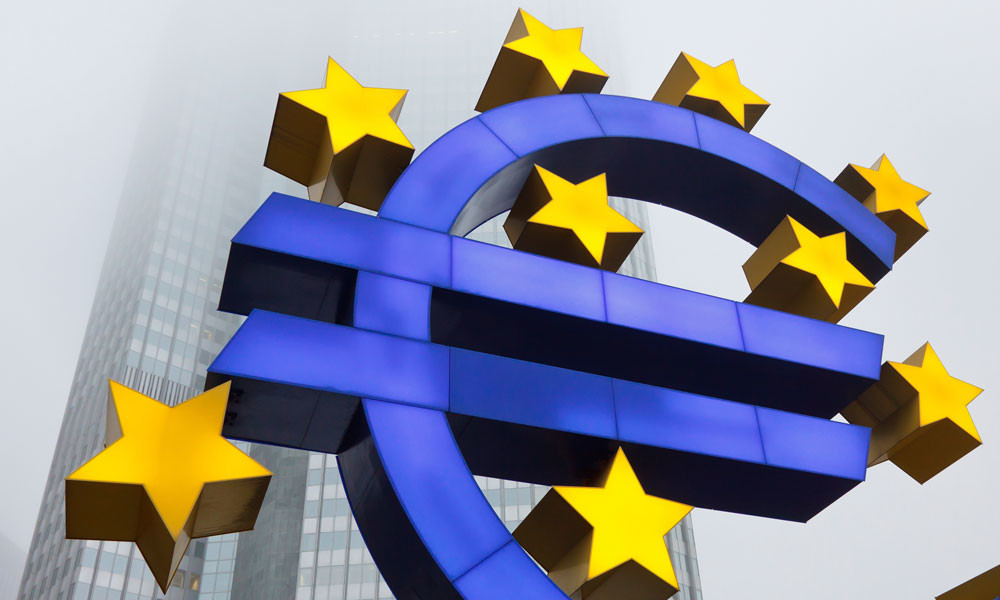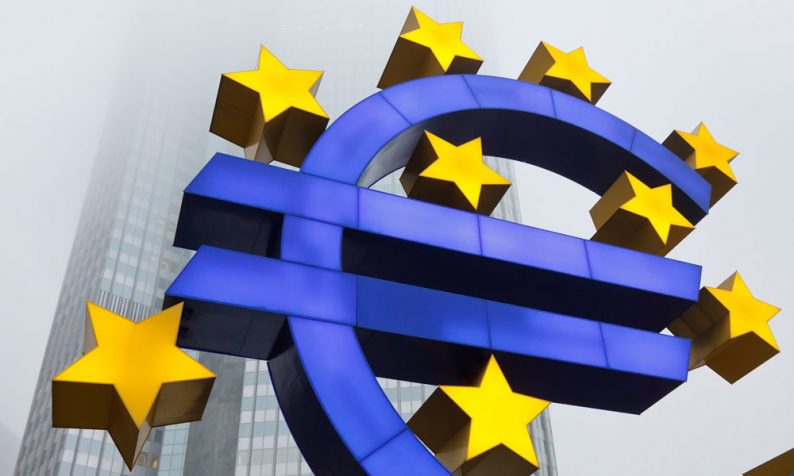
Preliminary inflation data sparks euro-buying
Rare proof that not everything is doom and gloom for the Eurozone as inflation data revealed a move towards recovery. The report released by Eurostat on Friday showed that the preliminary Consumer Price Index (CPI) moved upwards in October to 0% compared to -0.1% in September. Even though the move was anticipated by analysts, it doesn’t stop from being encouraging news for the Eurozone. The euro reacted to the news by moving upwards.
The inflation moved from negative territory back to zero with the help of price growth in food, tobacco, and alcohol. However, prices of energy commodities such as crude oil remained noticeably lower than twelve months ago and thus prevented the CPI from increasing even further.
Additional data released by Eurostat on Friday showed that the unemployment rate of the 19 European Union members who share the euro as their national currency decreased during September to 10.8% from 10.9% one month earlier. The markets and euro bulls received the encouraging employment market news as a pleasant surprise because analysts were actually estimating for the rate to increase to 11% instead. The unemployment rate for all of the European Union’s members also moved downwards to 9.3% from 9.4% in the previous month. Eurozone’s employment sector has not been as good since the beginning of 2012, and the corresponding rate for all of the EU members reached the lowest level since September 2009.
There were no surprises as to which individual Eurozone nations had the best and worst performance as financially-troubled Greece had the highest unemployment rate at 21.6% while the more economically-healthy Germany had the lowest rate at only 4.5%. The vast difference between members of the same union (Eurozone) in terms of unemployment is probably an indication of the members’ inability to move together as one in terms of economic policies. In general, the divergence of economic policies within the Eurozone’s members is thought by some to be due to Germany’s preference to keep the euro at low levels and assist its exports of goods such as vehicles and electrical and mechanical devices, while other members prefer a stronger euro that would help in goods and services imports.











Leave A Comment